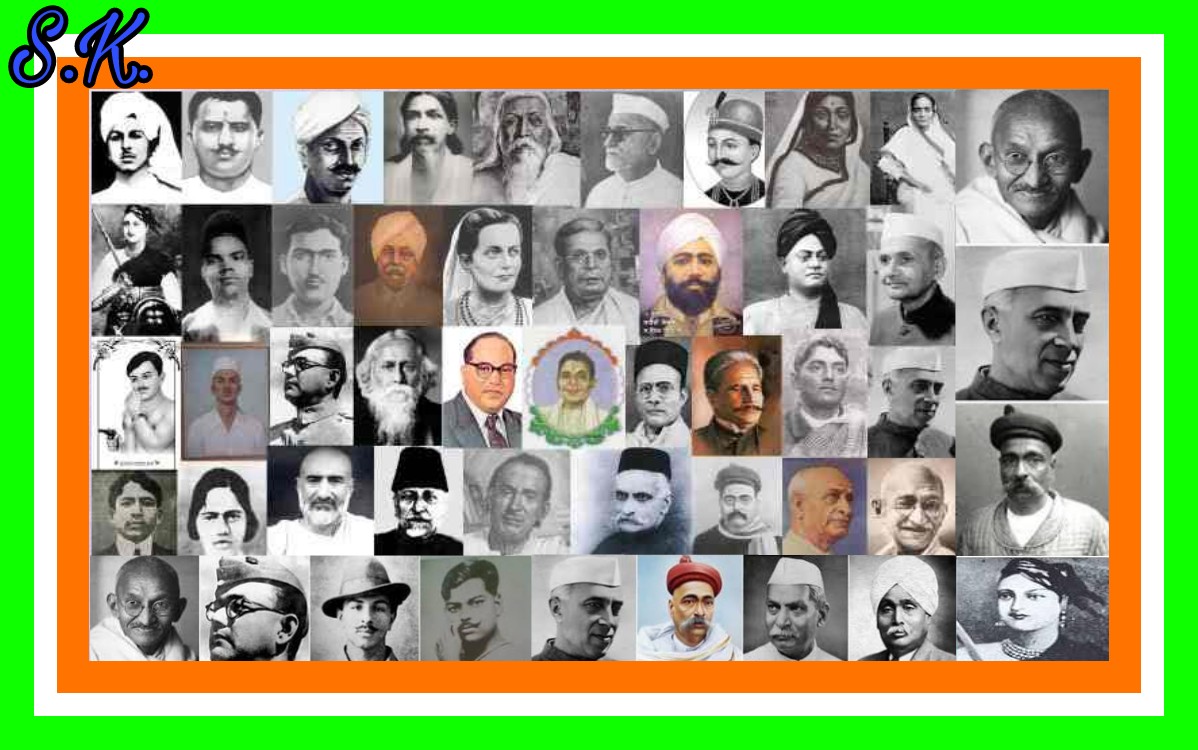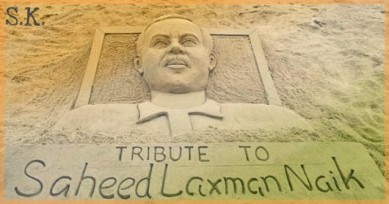
Lal Bahadur Shastri (October 1904 – 11 January 1966)
Lal Bahadur Shastri was a senior leader of India’s second Prime Minister and political party of the Indian National Congress.
Shastri joined with his friend Nitin Aslawat in the Indian independence movement in 1920 and. Mahatma Gandhi was very impressed and he became a loyal follower. After independence in 1947, he joined the later government, and in the head of Prime Minister Nehru, before the Railway Minister (1951-56) than the Home Minister, along with many other works.
Shastri led the country during the Indo-Pak war of 1965. His slogan “Jai Jawan Jai Kisan” was very popular during the war. The war with the Tashkent agreement formally ended on January 10, 1966, and died the following day, Shastri was one of Nehru’s loyal men. Nehru was the master of Shastri and he was fond of them. For this reason, Shastri had to face opposition from within his party, but his relations with Nehru supported the post of Prime Minister.
Early years (1904-19 17)
Shastri was born in Ramnagar, Varanasi, in a Hindu family, who was working as an administrator and civil servant from the beginning. Shastriji’s ancestor, Varanasi, was employed in Ramnagar landlord and Shastri lived there for the first year of his lifetime. Shastri’s father Sharda Prasad Shrivastav was employed as a teacher in a school, who later became a clerk in the revenue office in Allahabad, and his mother was Ramdulari Devi. Shastri was the eldest son of his parents and he had a big sister Kailashi Devi.
When Shastri was barely a year old, his father was recently promoted to the post of Deputy Tahsildar and died due to Bubonic plague, his mother was only 23 years old and was pregnant with his third child and that Time took two children to Ramnagar and went to Mughalsarai and stayed with his father and walked for good from there. After that, he gave birth to a daughter Sundari Devi in July 1906. Thus, Shastri and his sisters grew up in their maternal house. However, his maternal grandfather Hajari Lal died from a stroke and in the middle of 1908, his family was supervised by his brother (Shastri’s uncle) Darbari Lal, who was chief clerk in the opium regulation department in Ghazipur and later his son Bindeshwari Prasad ( Ramdin Devi’s cousin became a school teacher in Mughalsarai. In the family of the Muslim family, there was a tradition to get an education in Urdu language and culture.
Political career (1947-64)
state Minister
After India’s independence, Shastri was appointed Parliamentary Secretary in Uttar Pradesh. After the formation of Ravi Ahmed’s Union Minister on August 15, 1947, Govind became the Minister of Police and Transport in the period of Ballabh Pant. As transport minister, she was the first person to appoint women conductor. As the minister in charge, he ordered that police use water jets
Cabinet Minister
Cabinet of India
In 1951, Shastri was made the general secretary of All India Congress Committee. He was responsible for the selection and promotion of candidates and the direction of electoral activities. He played an important role in the success of the Congress Party in the 1952, 1957 and 1962 general elections. In 1952, he contested the UP Assembly from Phulpur West seat in which he won and won more than 69% of the votes.
Prime Minister of India (1964-66)
Main article: Lal Bahadur Shastri’s love affair
Jawaharlal Nehru died on 27th May 1964 at the office, then Chief Minister of the Congress party, Shastri was made the Prime Minister. The scholars were light-hearted and soft-spoken, were Nehruvian socialists.
On June 11, 1964, as the Prime Minister, the statement of his first broadcasting physicist
There is a time in the life of every nation when it stands on the cross-road and should choose which way to go. Our path is straightforward and clear – building a secular mixed economy at home with independence and prosperity. , And friendship with world peace and select nations.
Domestic policies
Shastri retained several members of Nehru’s Council of Ministers, during the tenure of Lal Bahadur Shastri, the anti-Hindi movement of 1965 was anti-Hindi. The Indian government tried to establish Hindi as the national language of India. Its non-Hindi-speaking states protested. At that time Shastri assured that till the non-Hindi speaking state wanted
War with Pakistan
The most difficult moment in front of Shastri came when he led India in the 1965 Indo-Pak war.
In India, on August 1, 1965, large infiltration of terrorists and Pakistani soldiers started, not only was the government hoping to break but also encouraged a sympathetic rebellion. At that time there was no revolt and India sent its entire forces on the ceasefire and threatened Pakistan by crossing the international border. There was a massive tank war in Punjab and when Pakistani forces earned a profit in the northern part of the subcontinent, Indian forces captured the key position of Kashmir and Lahore was brought to the cover area of artillery and mortar fire.
When the Indo-Pak war was going on 17 September 1965, India received a letter from China that it wrote that Indian Army has set up military equipment in Chinese territory until all the weapons are removed, Will have to face
The Indo-Pak war ended with a ceasefire by the United Nations on September 23, 1965.]
During the prime minister’s tenure, Shastri visited many countries including the Soviet Union, England, Canada, Nepal, Egypt, and Burma. The then President of Pakistan and Pakistan, Ayub Khan attended a summit in Tashkent. On January 10, 1966, leaders from both countries signed the Tashkent Declaration.
death
After signing the Tashkent Declaration of Shastri, at 02:00 in Tashkand, he died due to a heart attack, but people accuse him of any deep conspiracy behind the death. He was the first Prime Minister of India who died in foreign countries.















